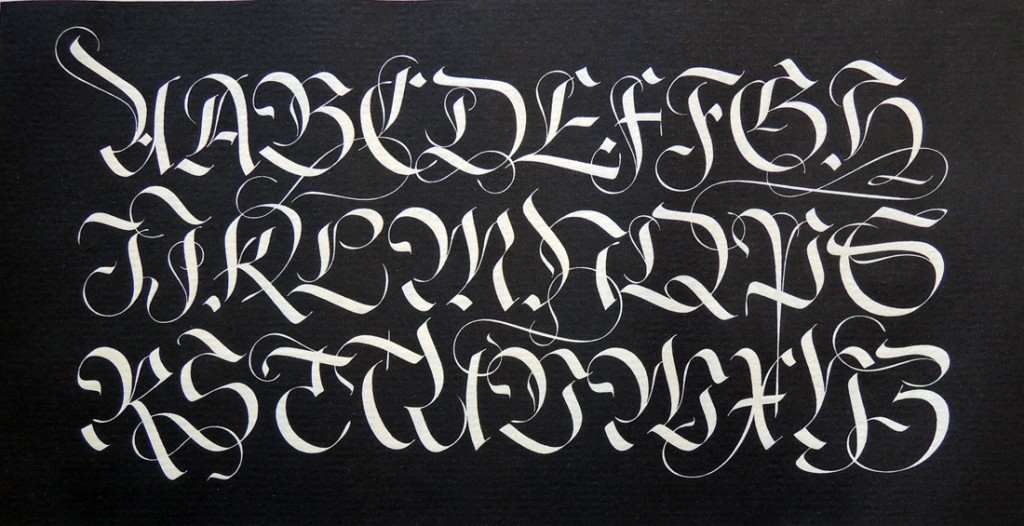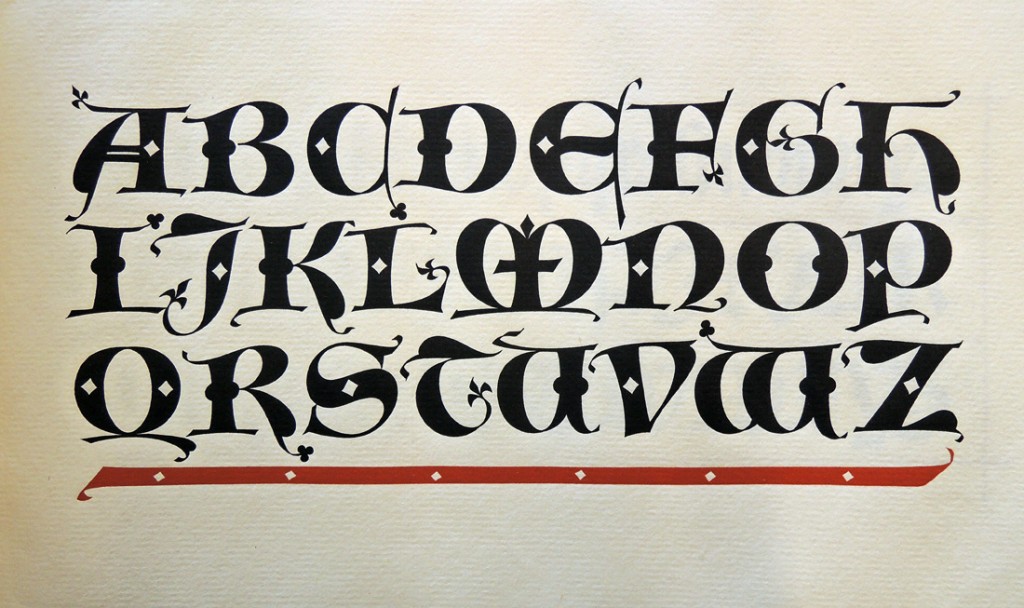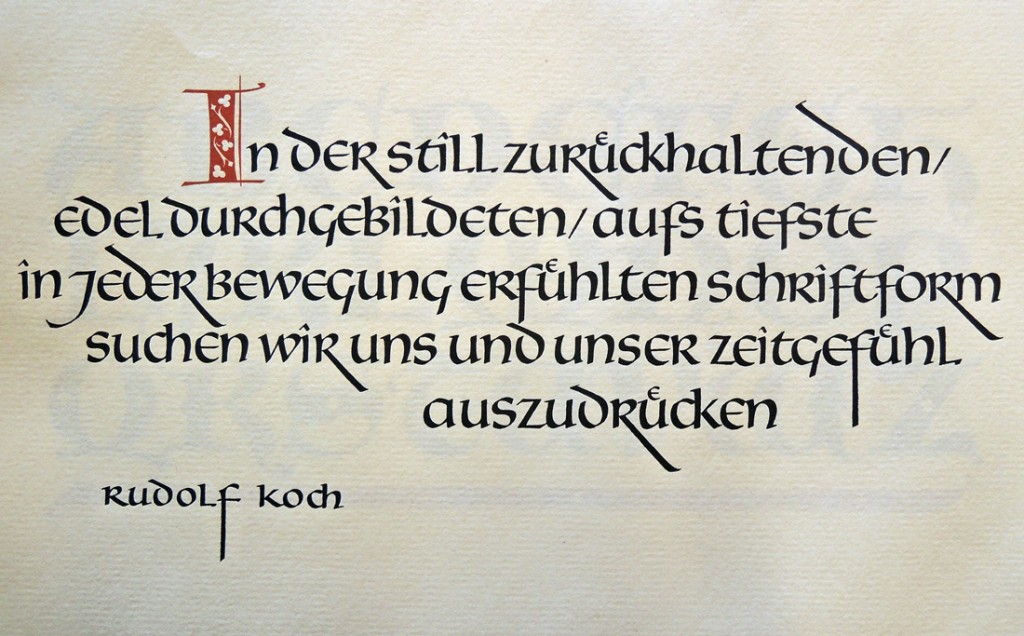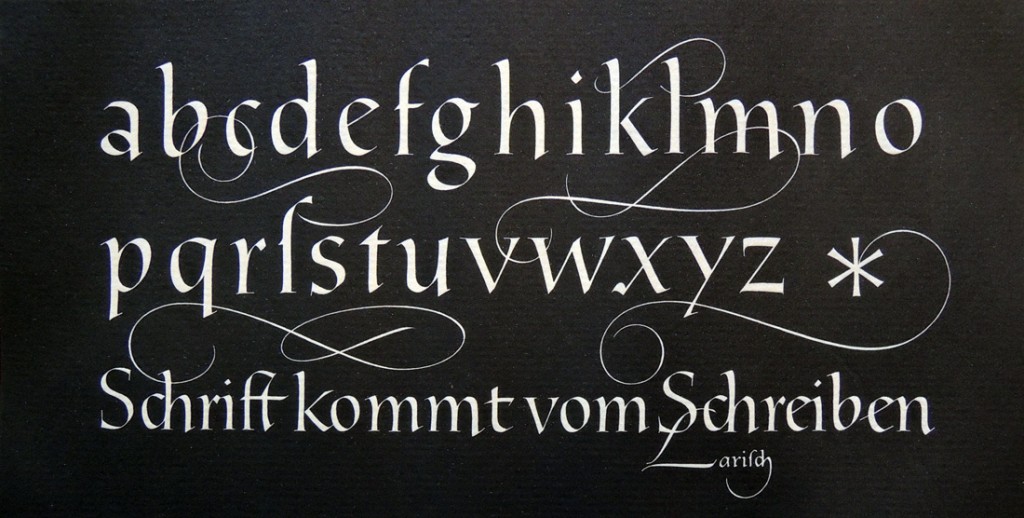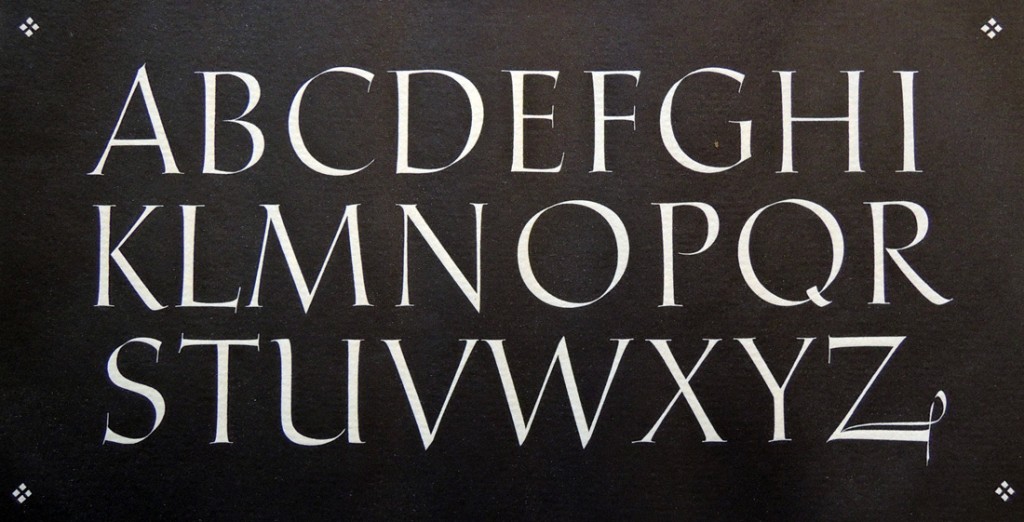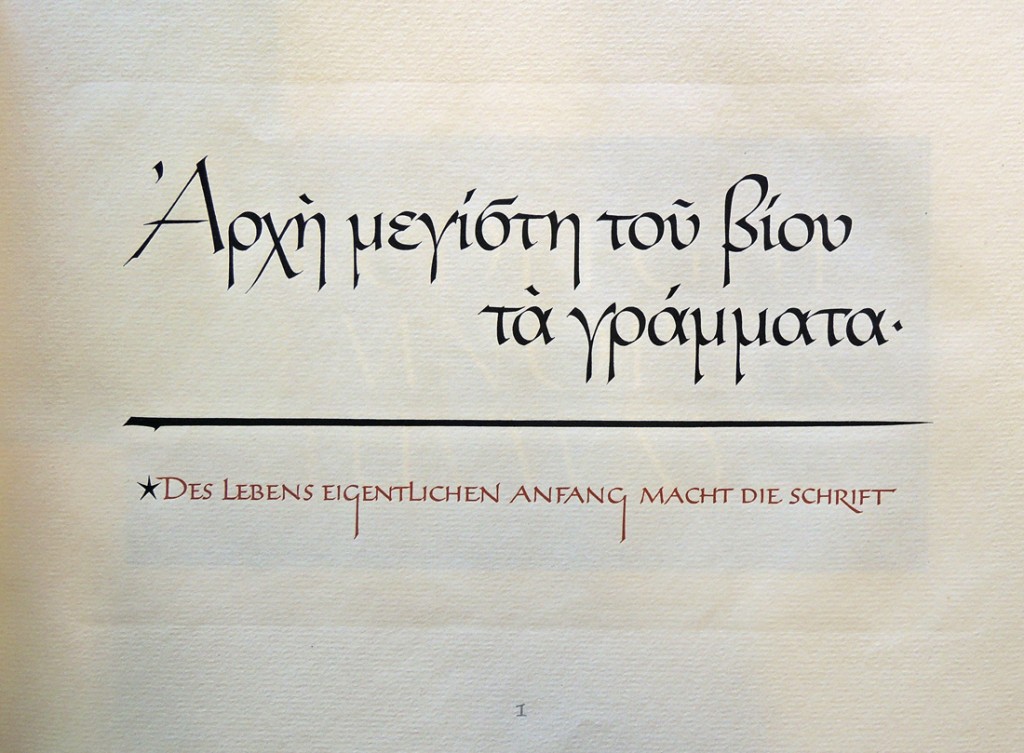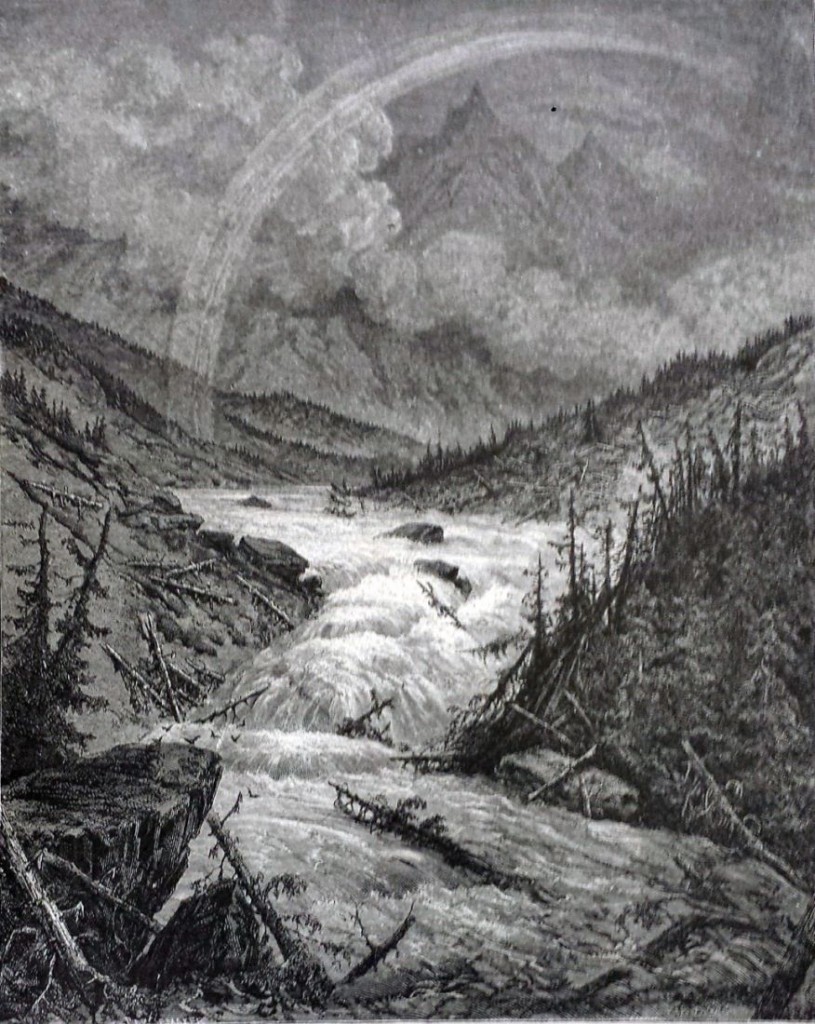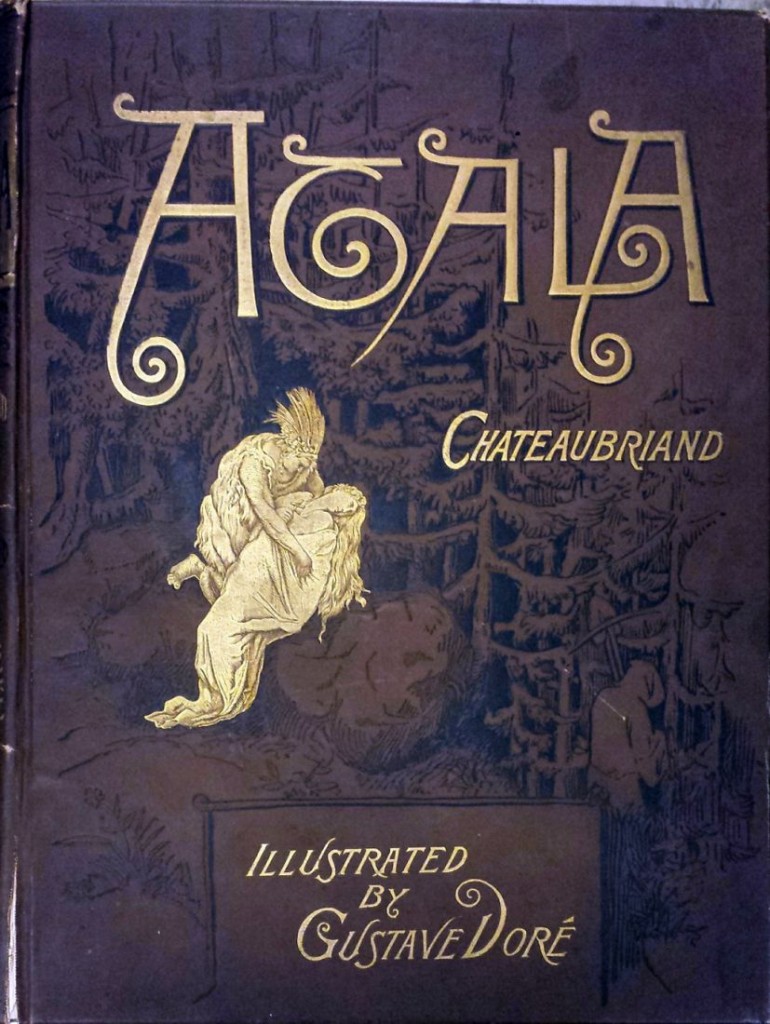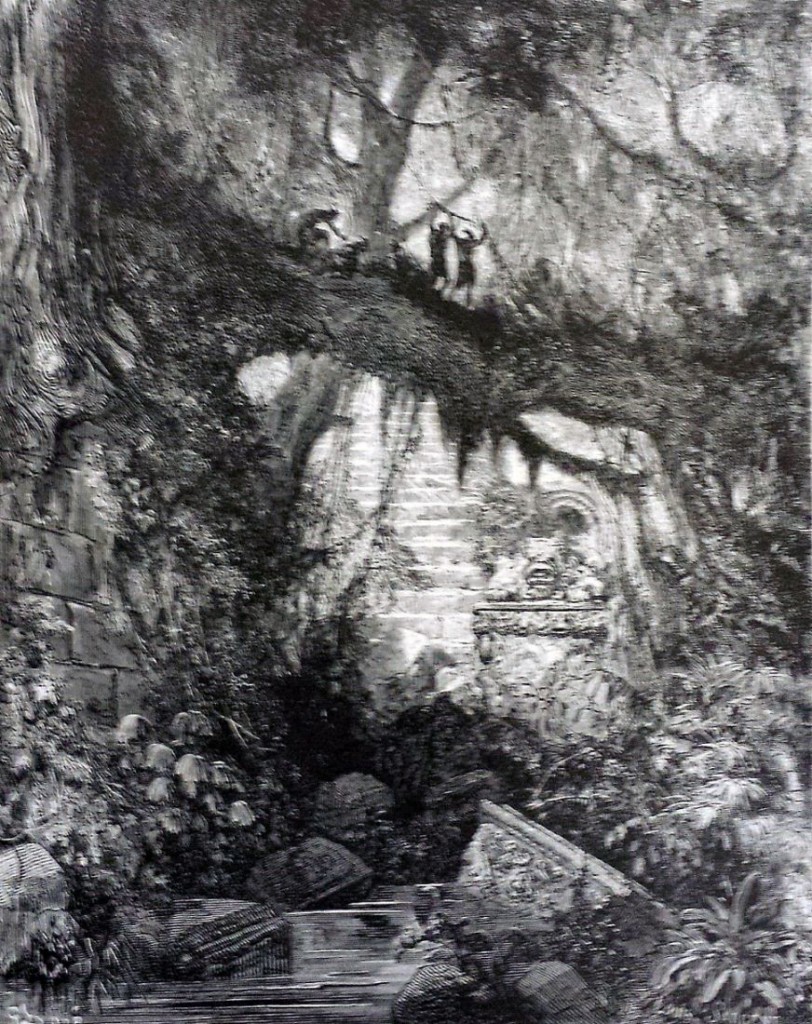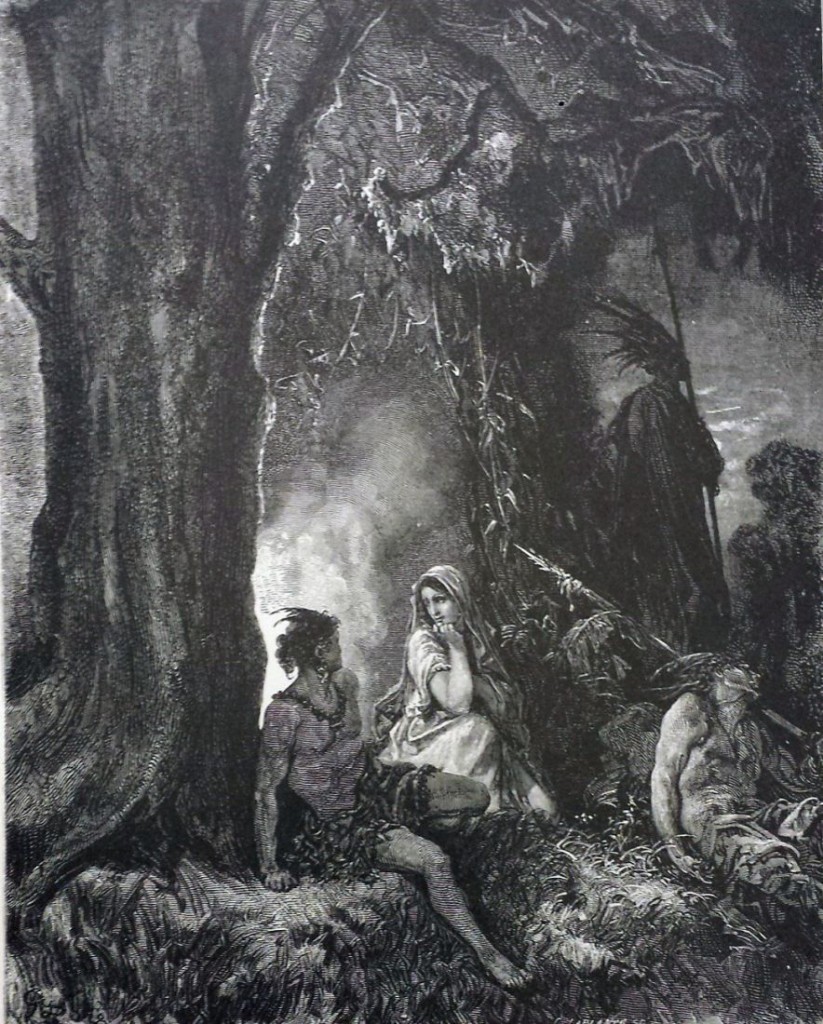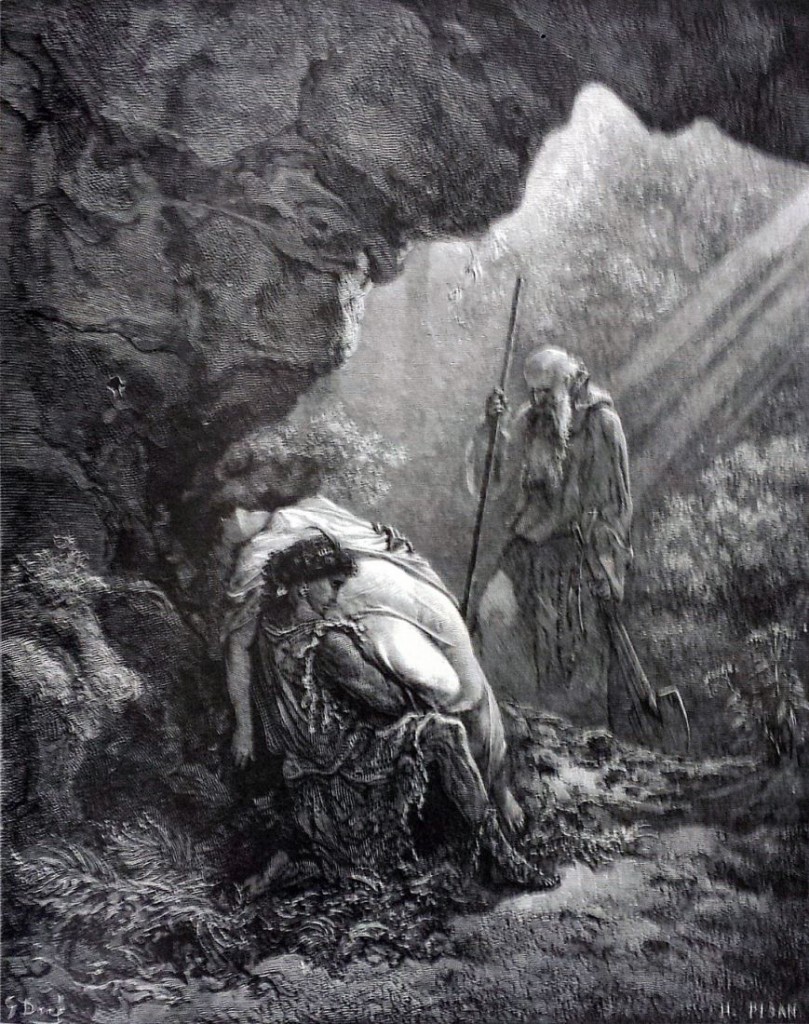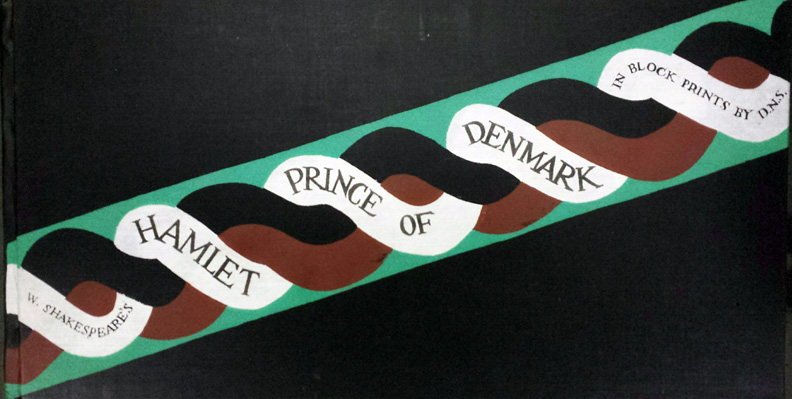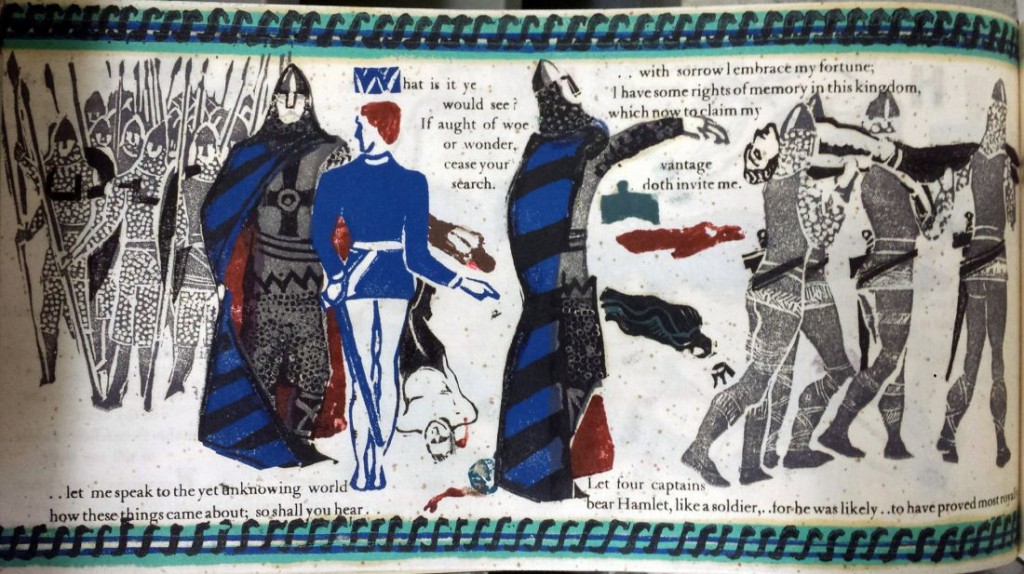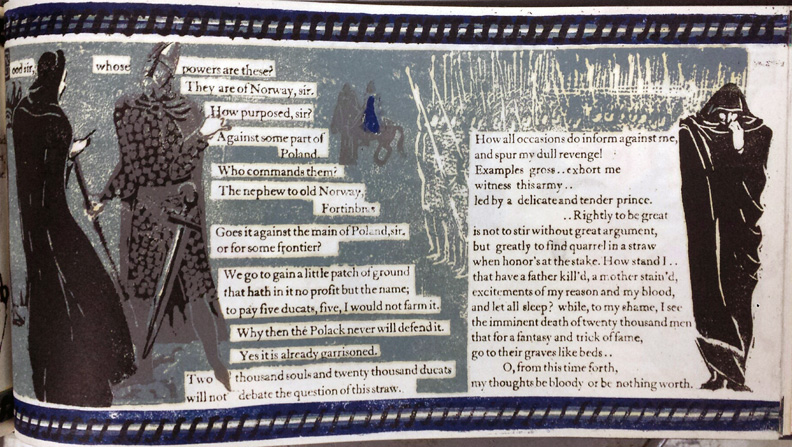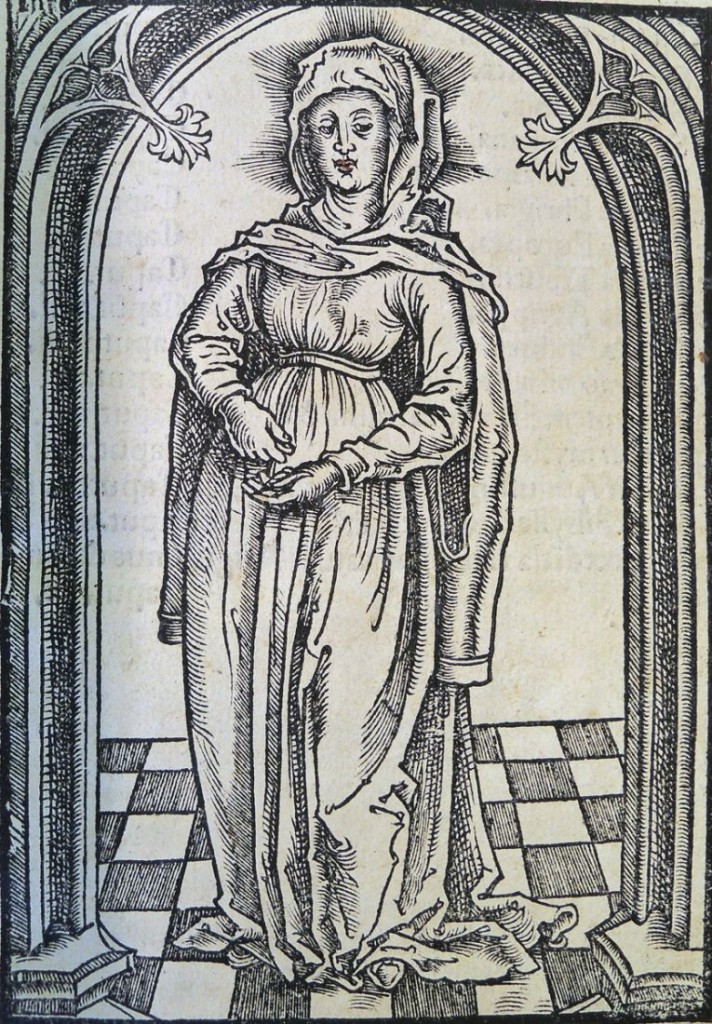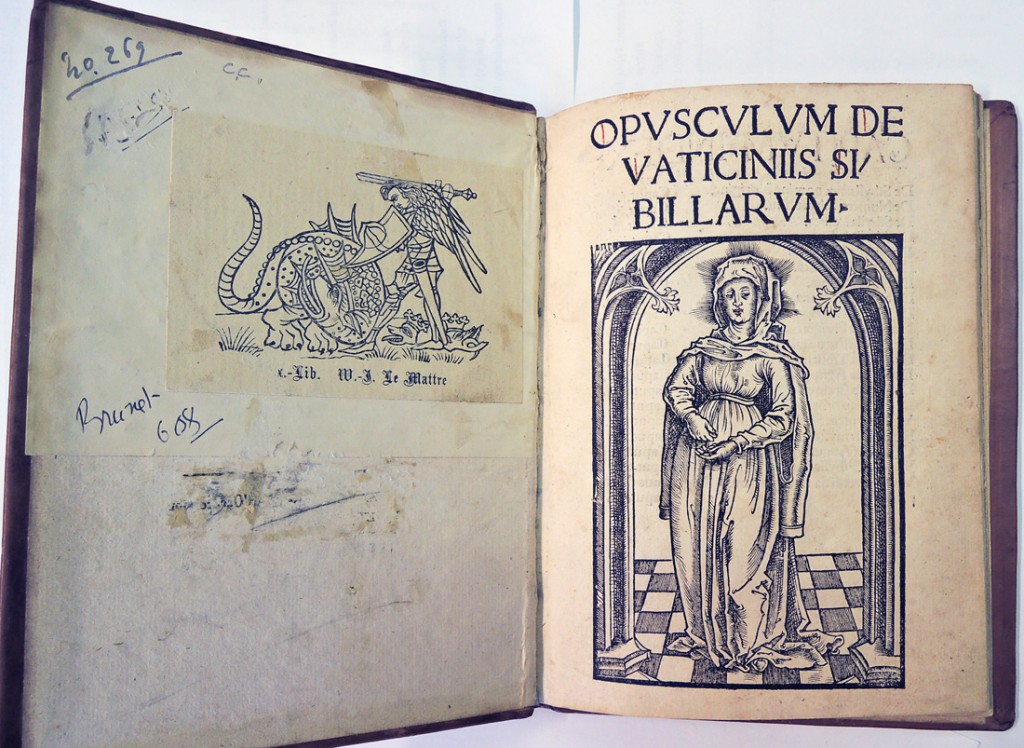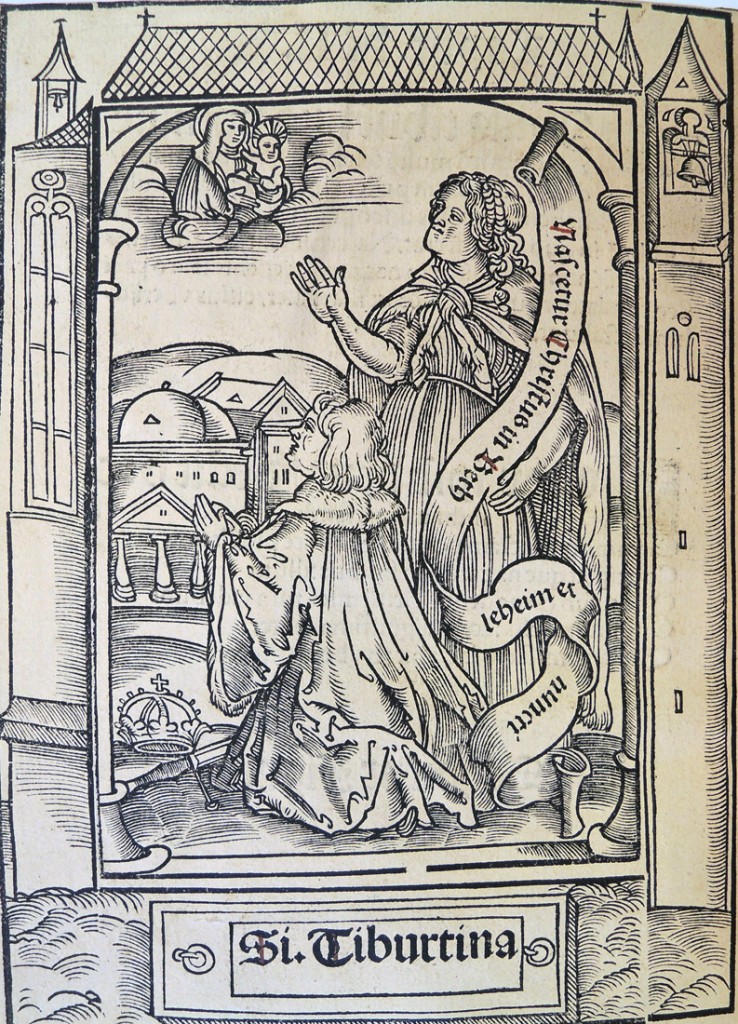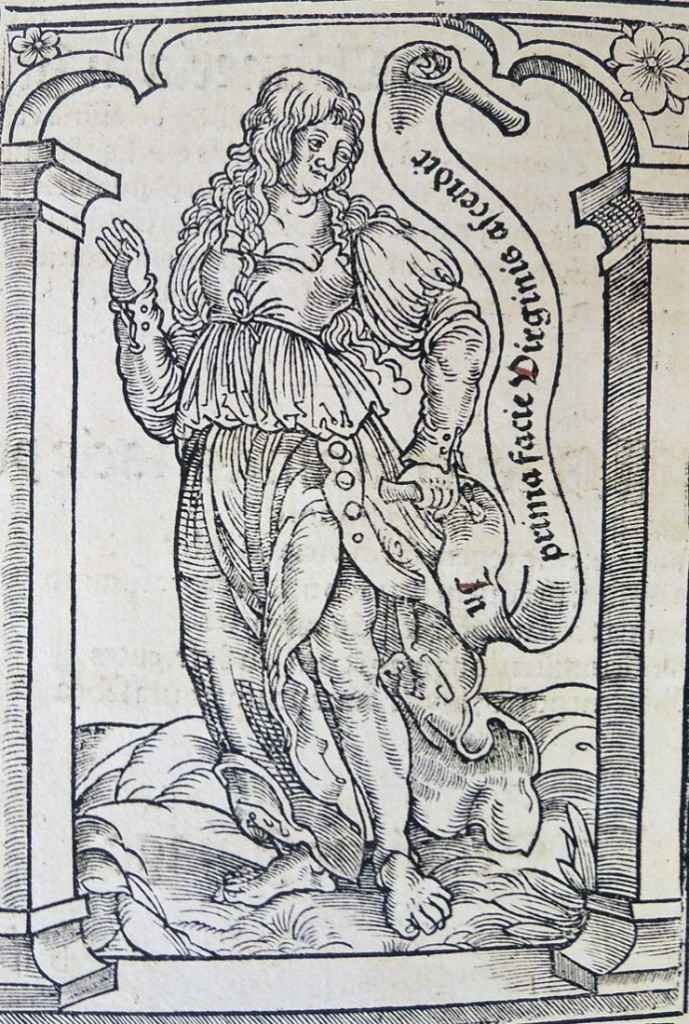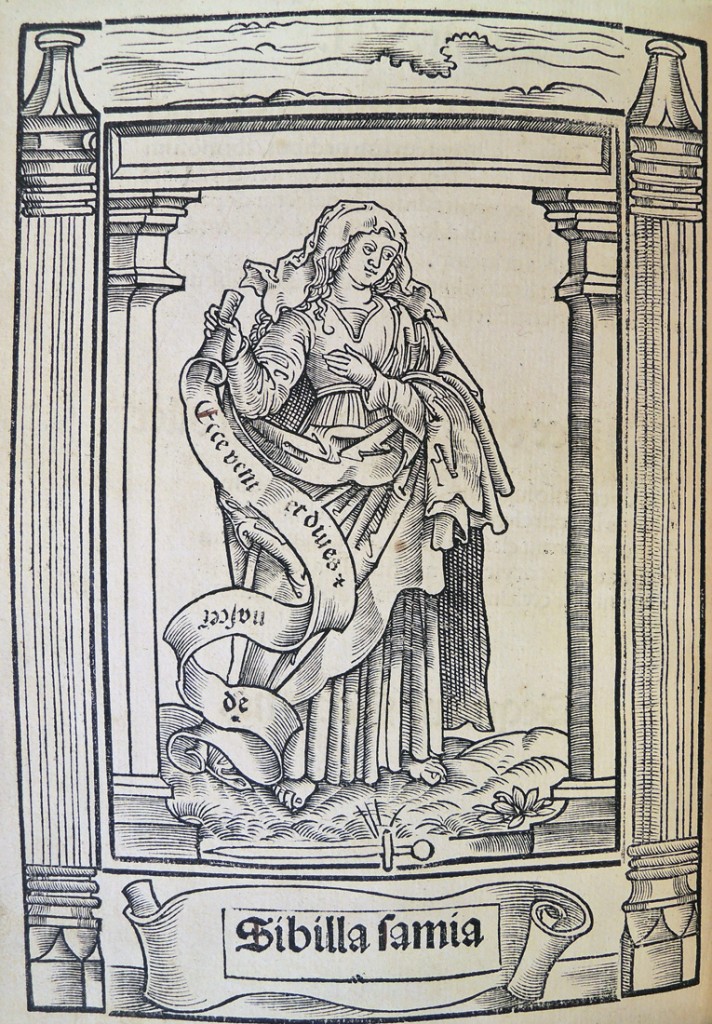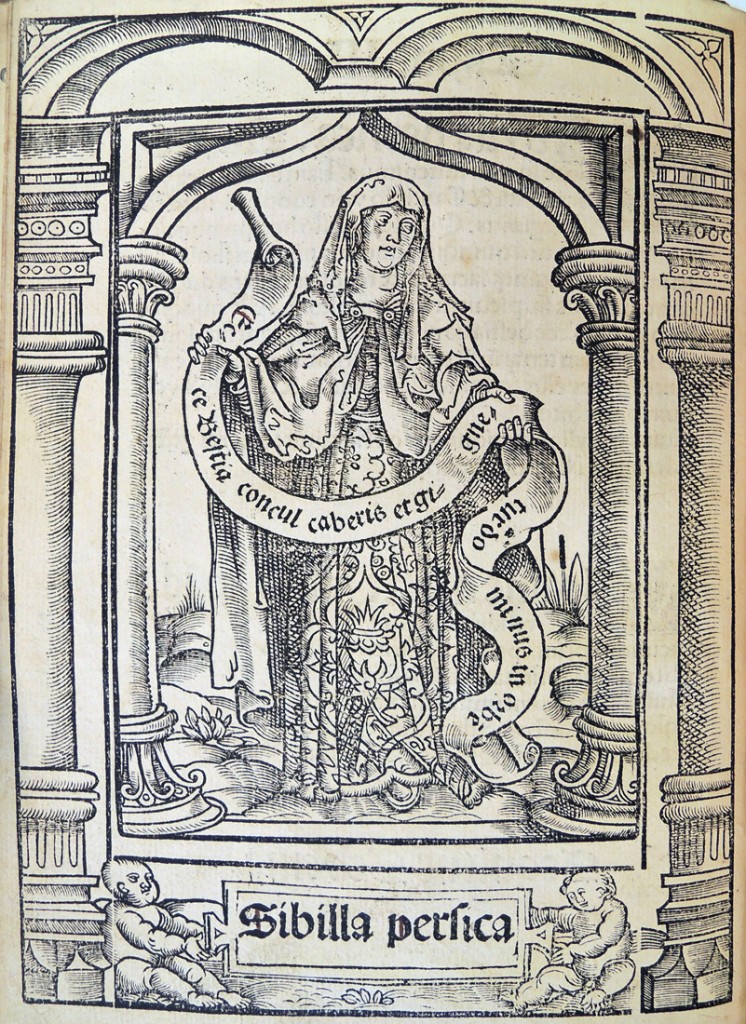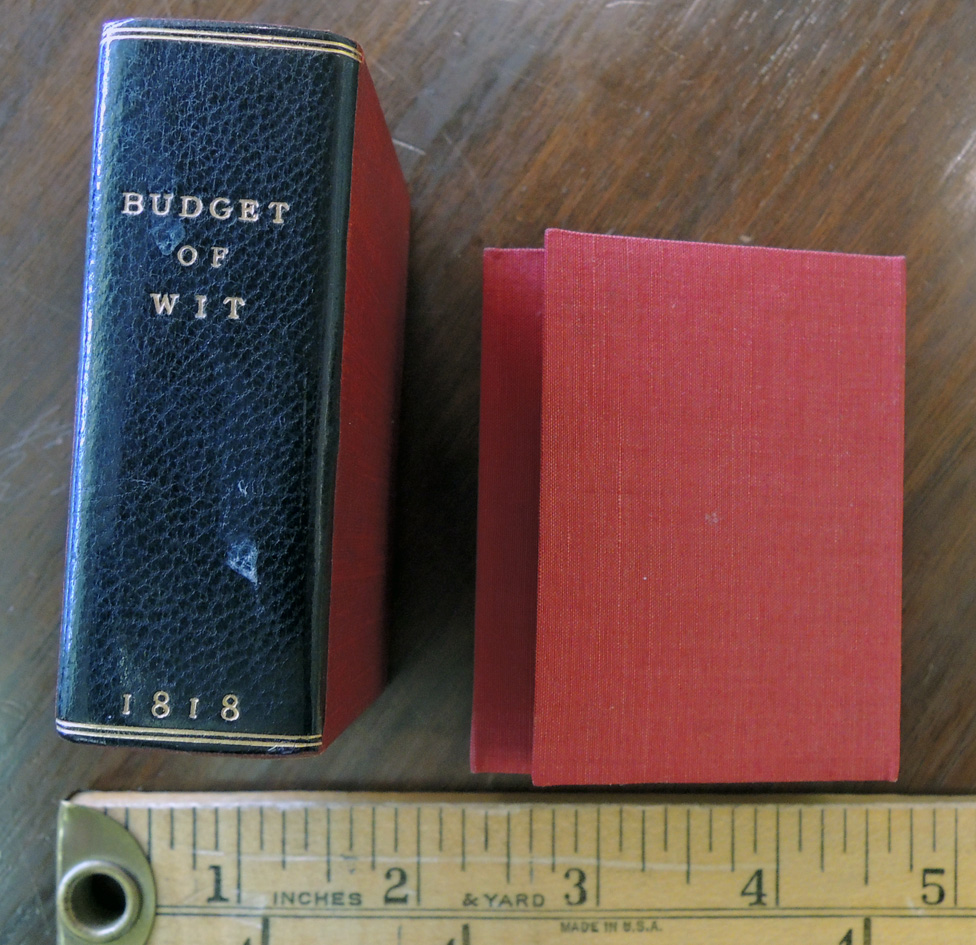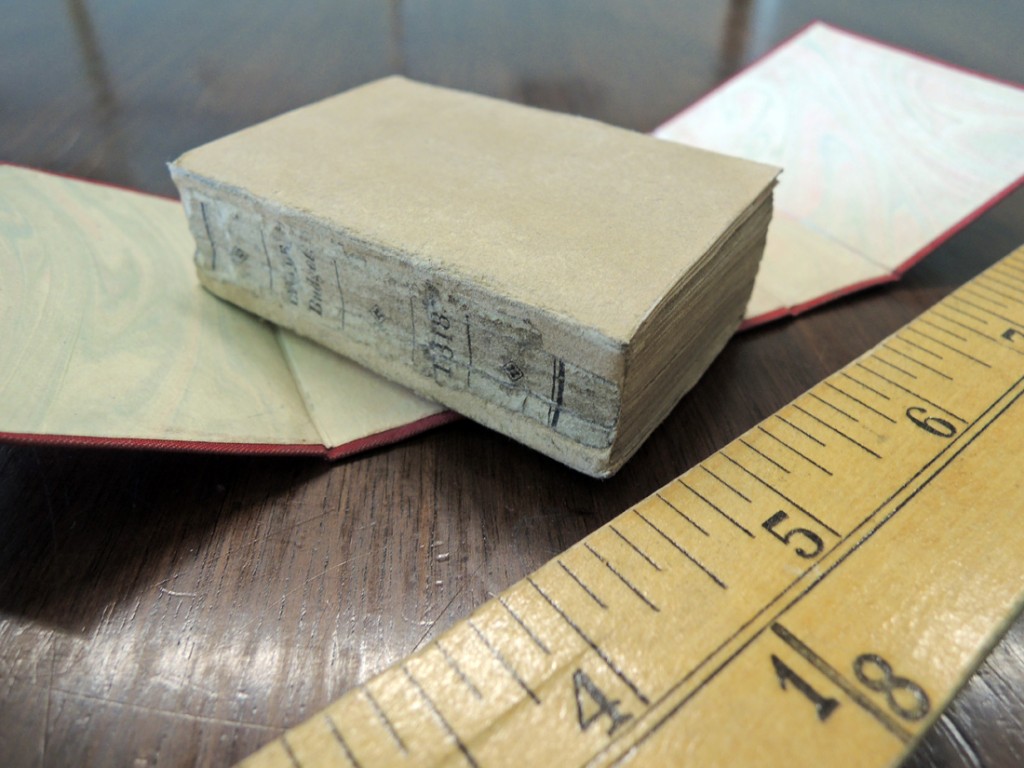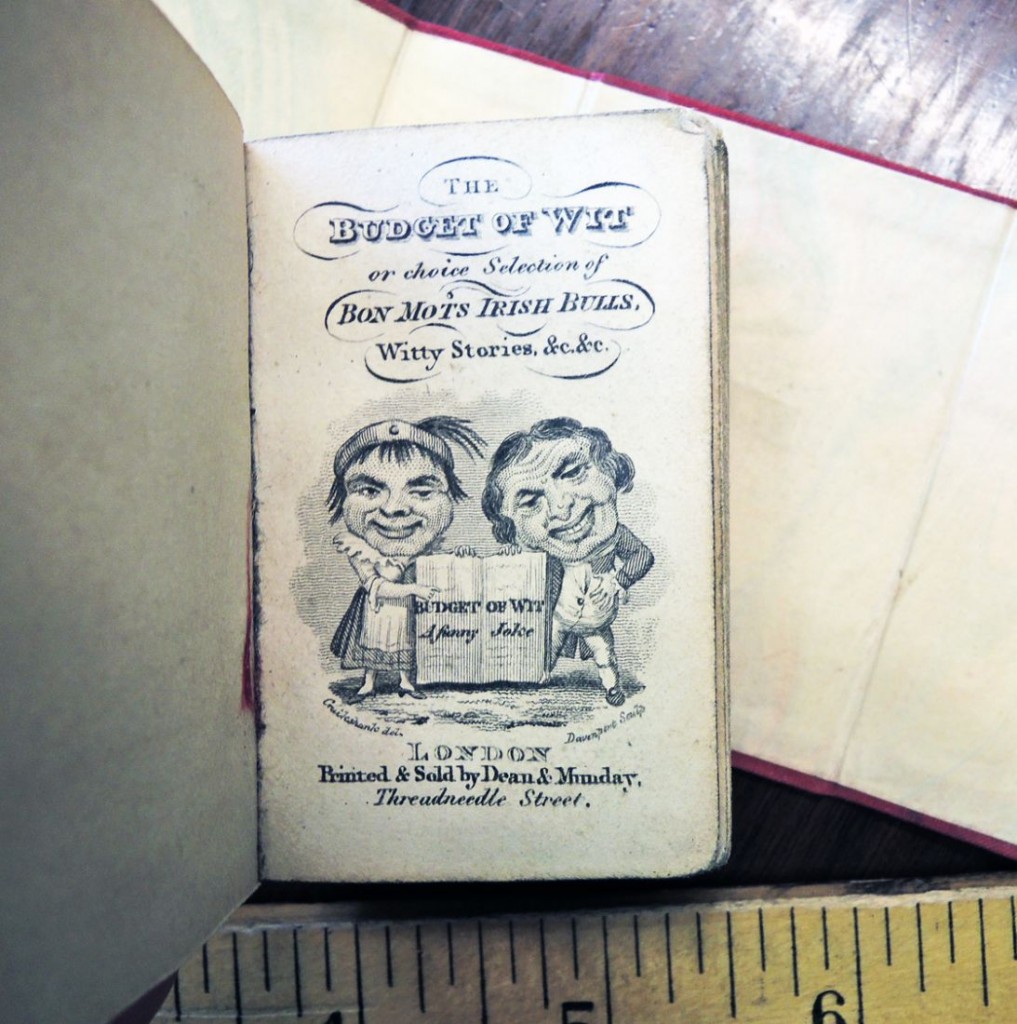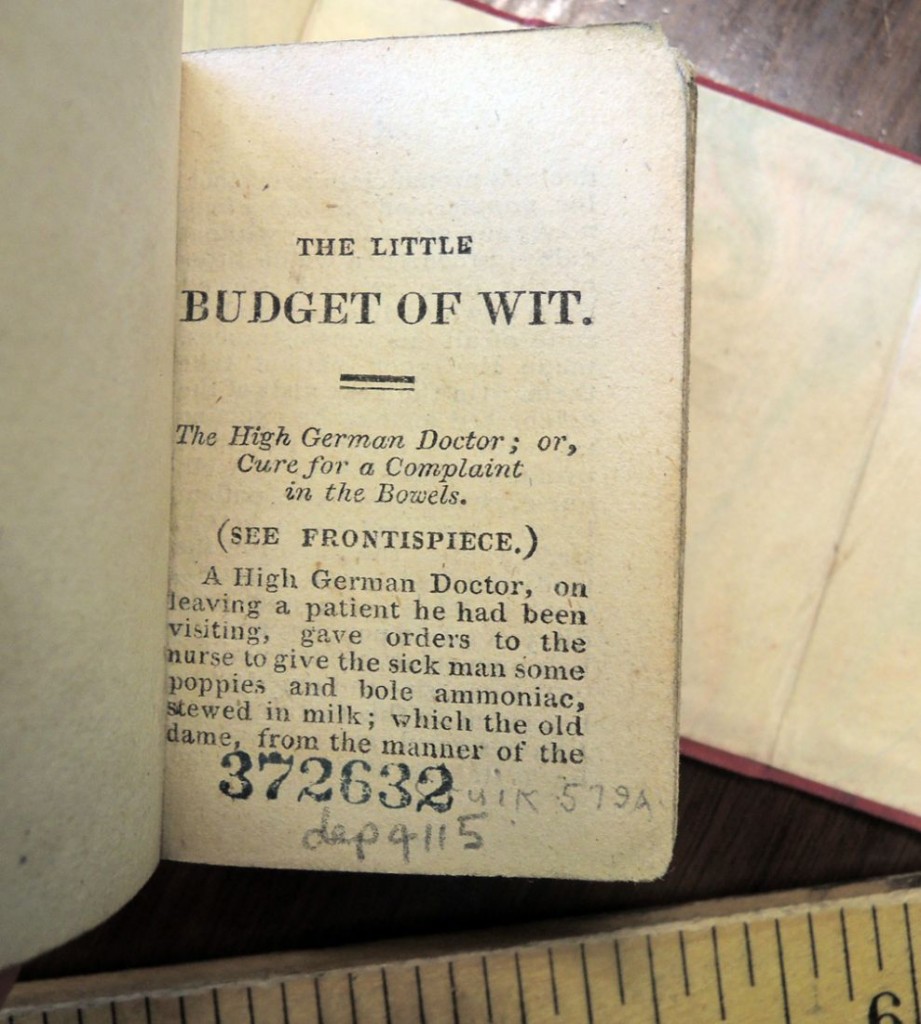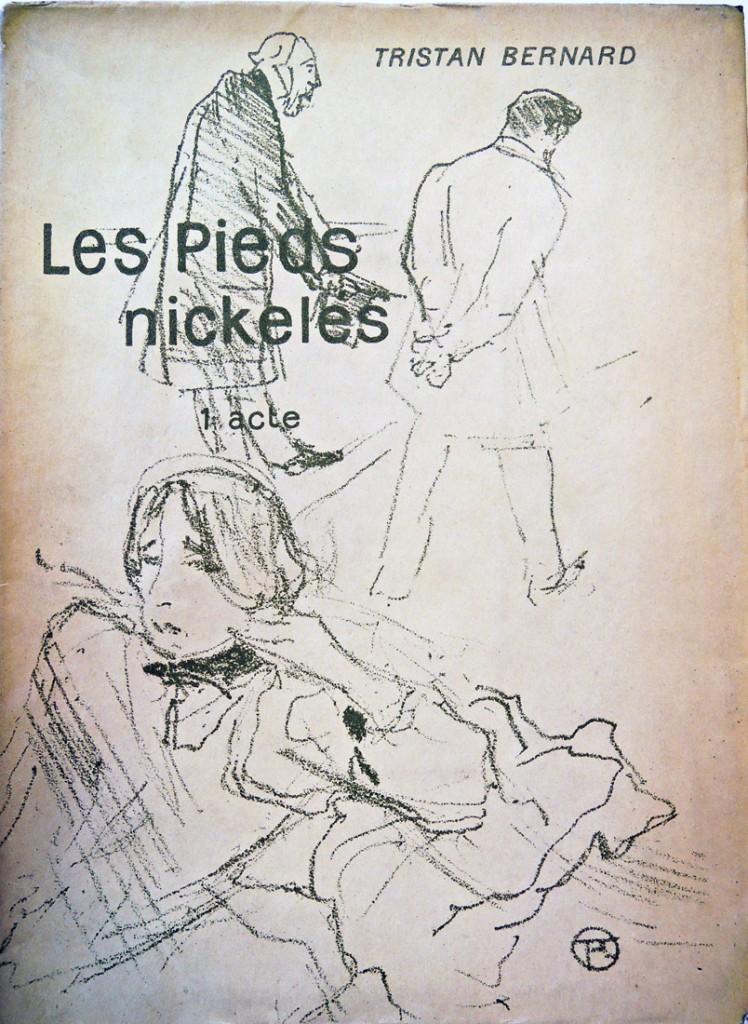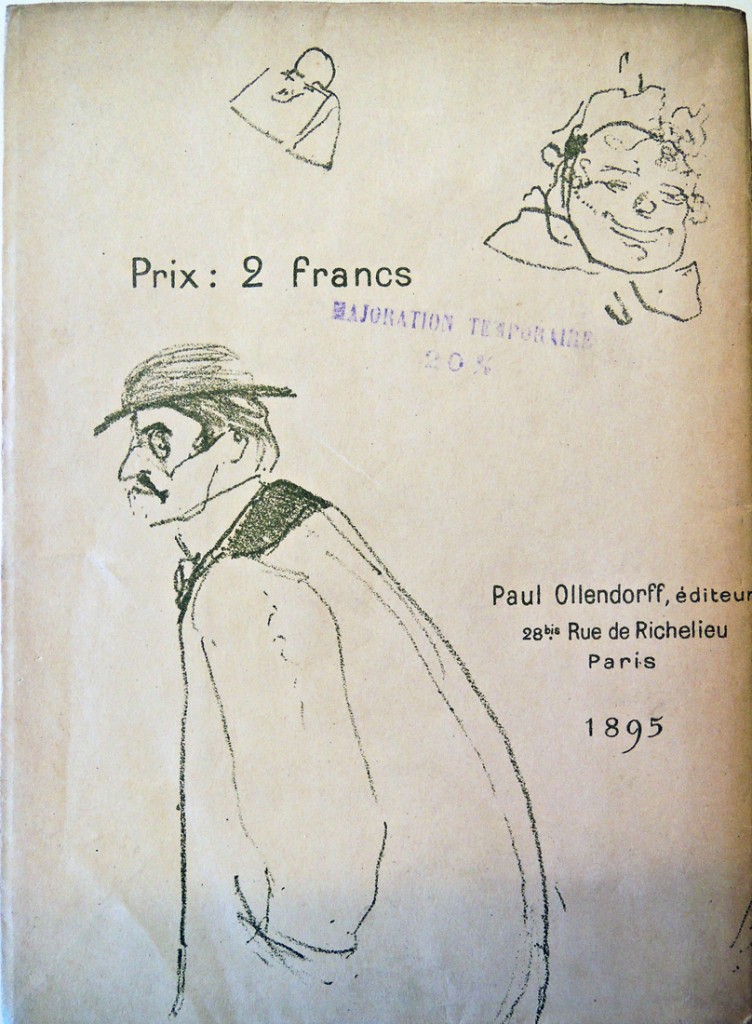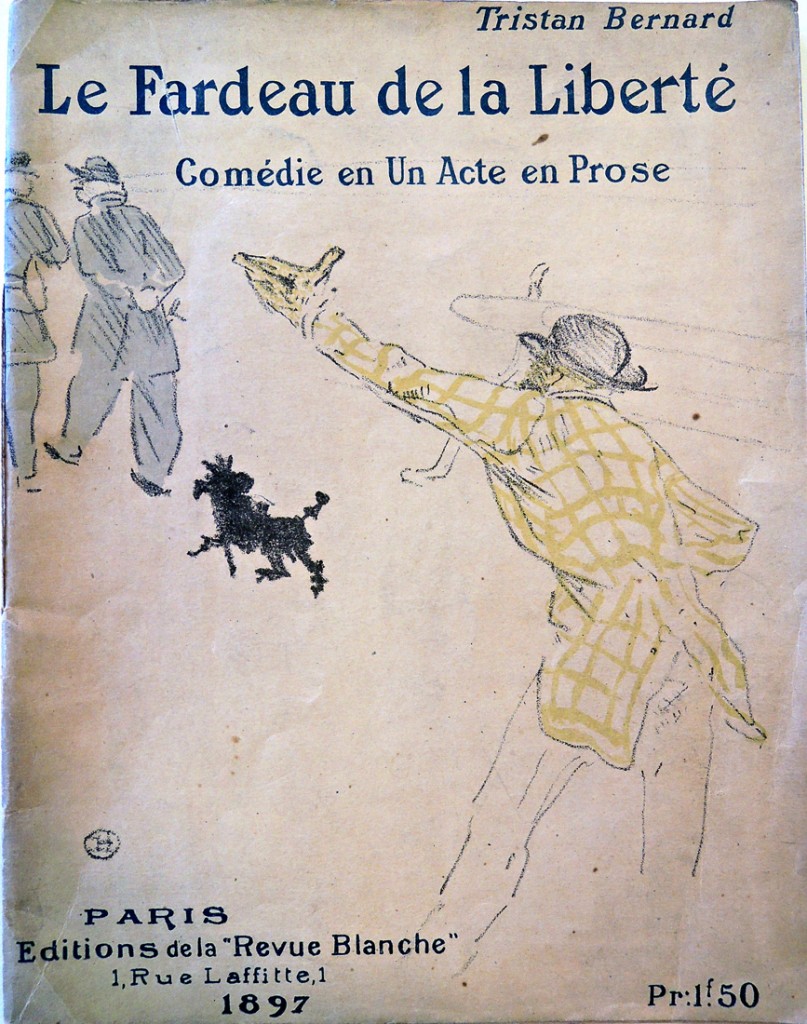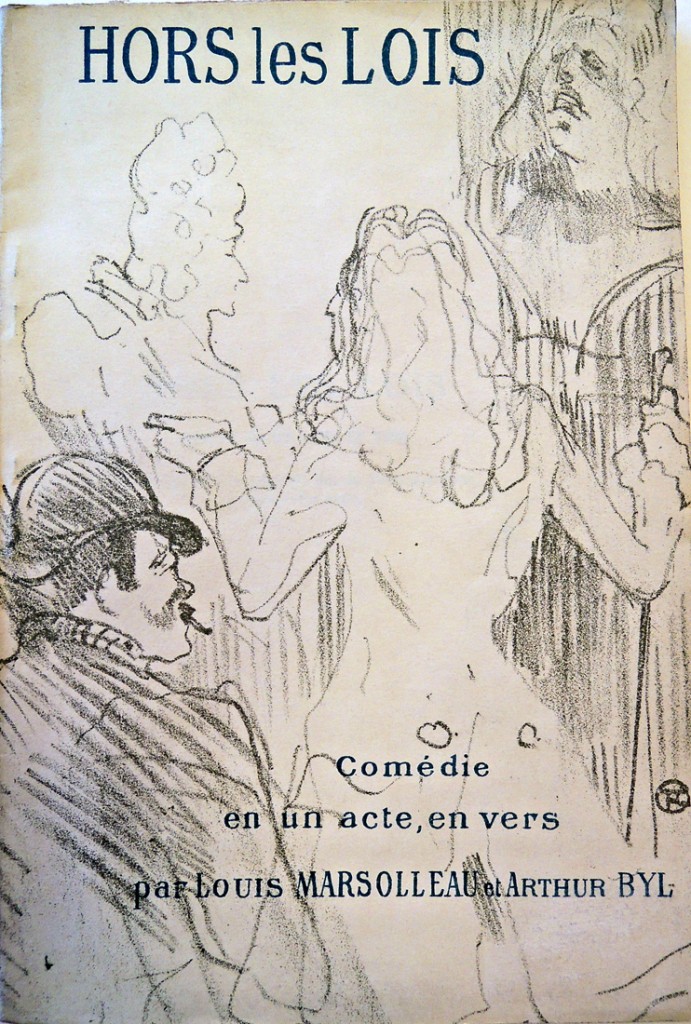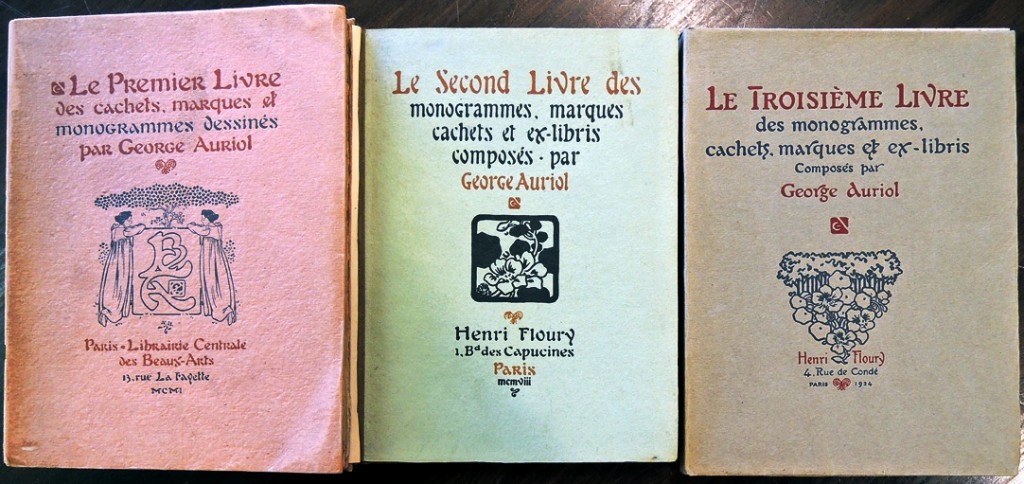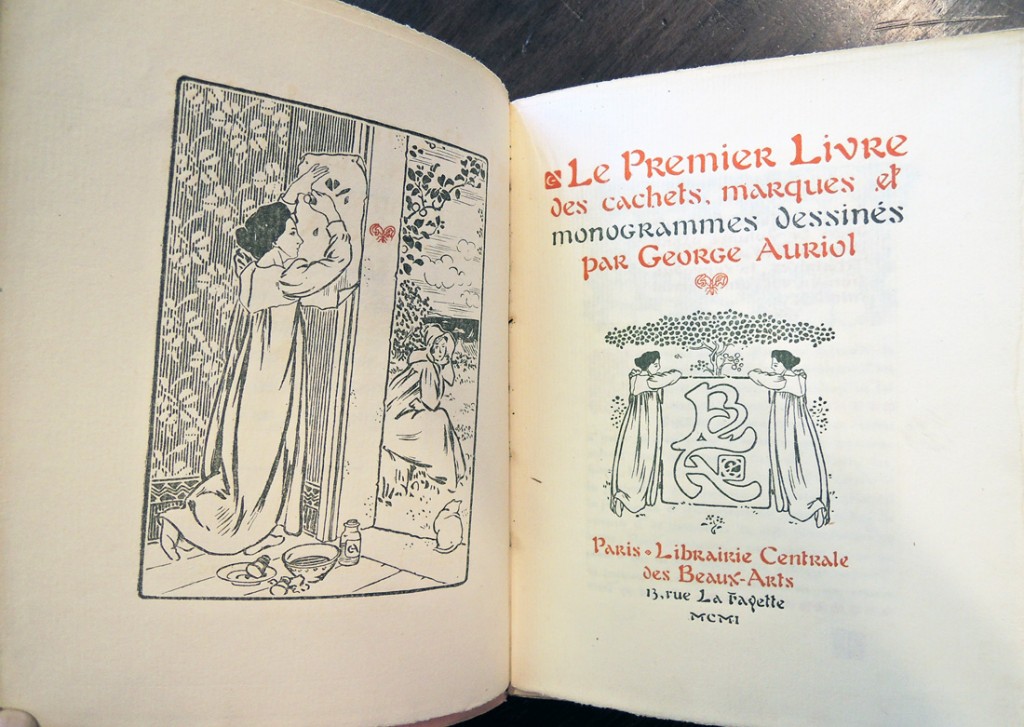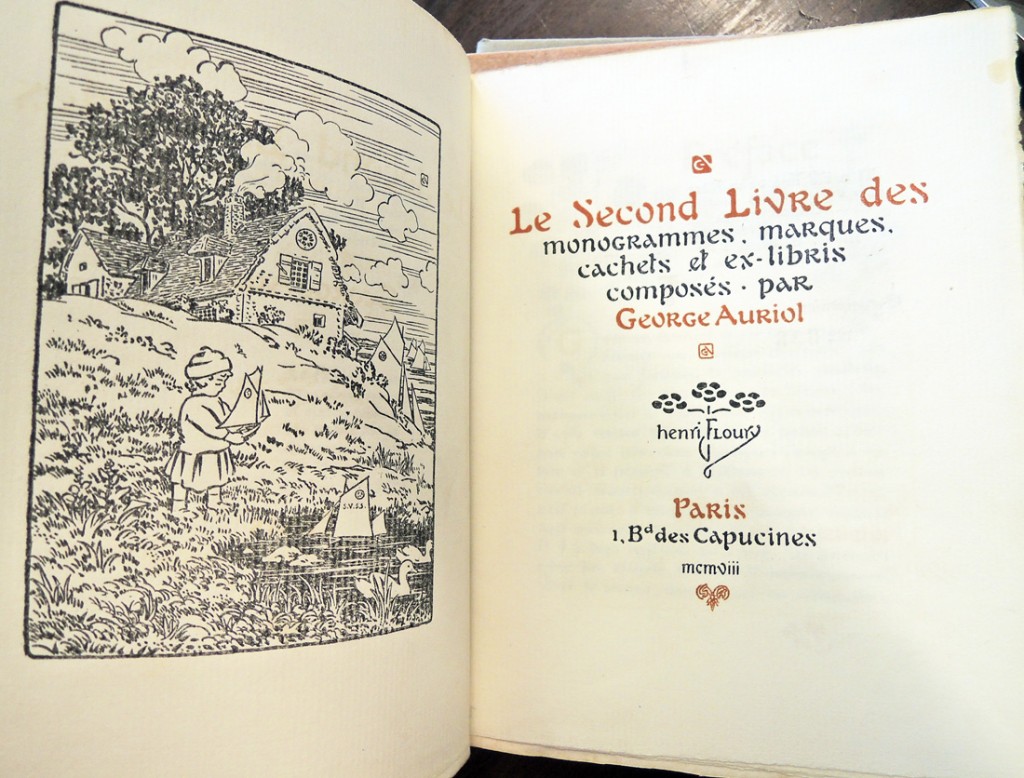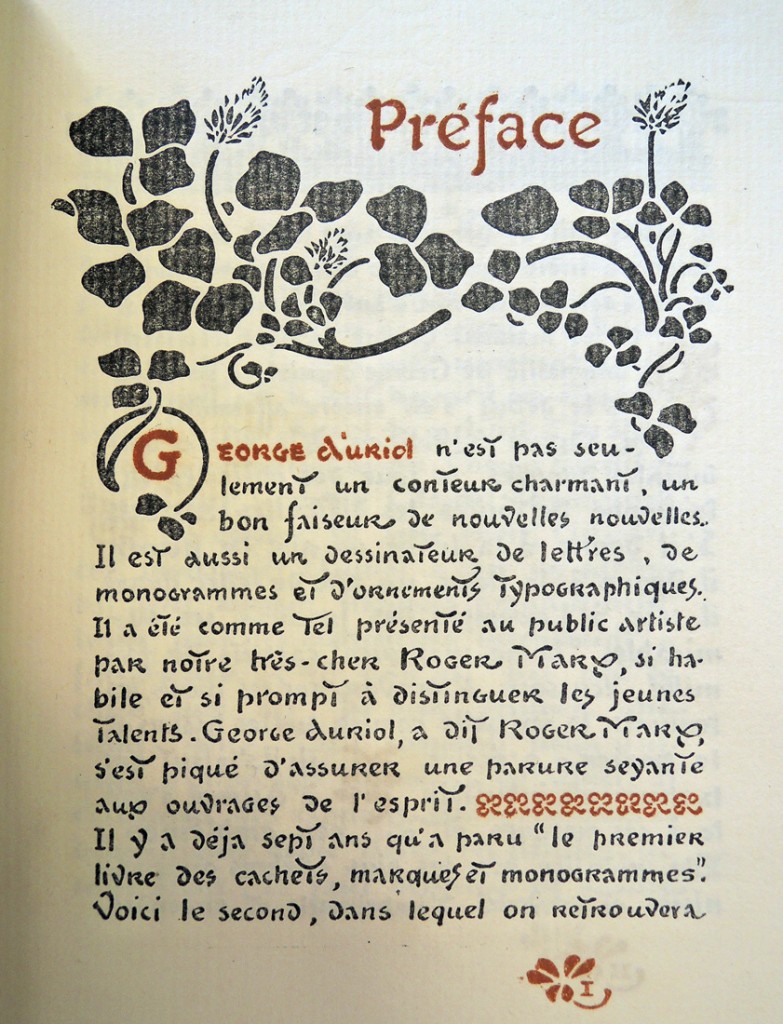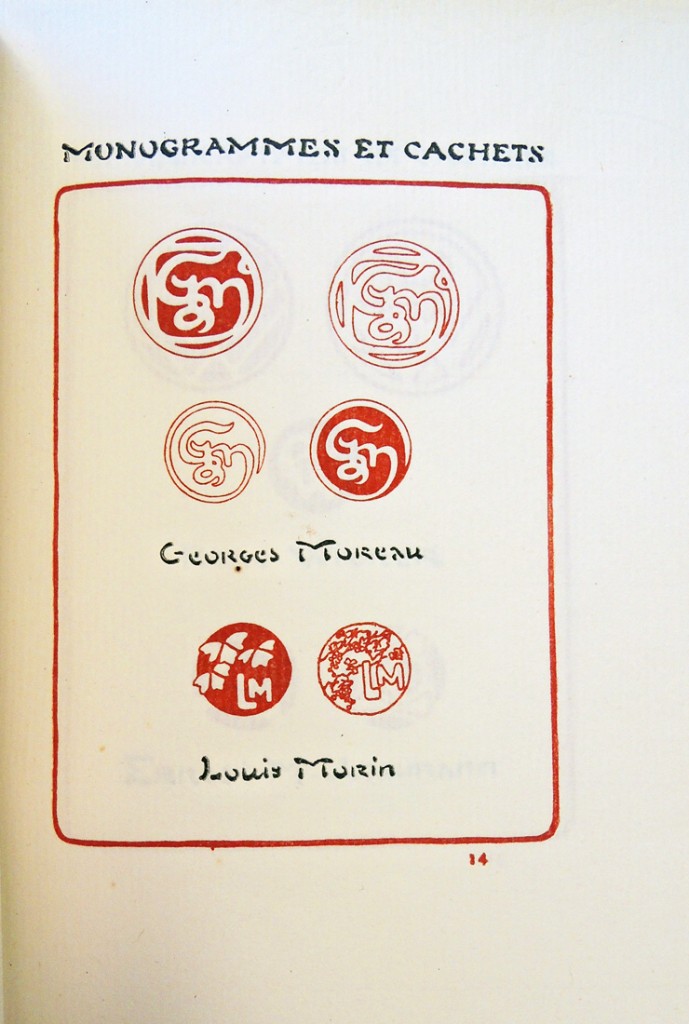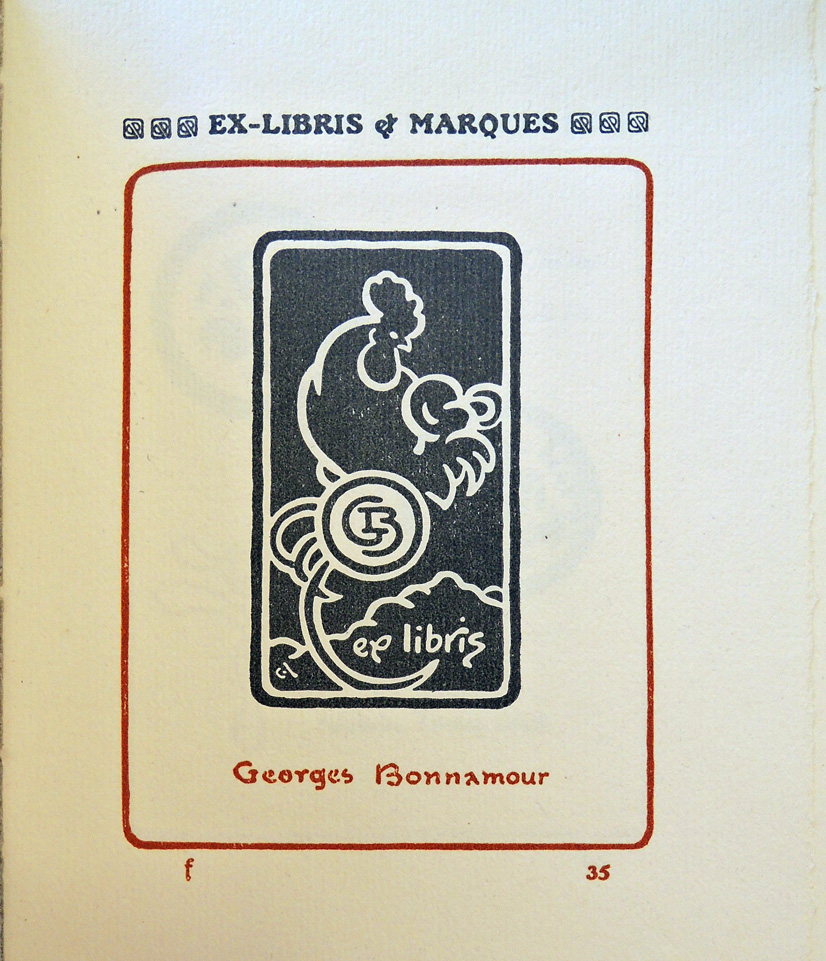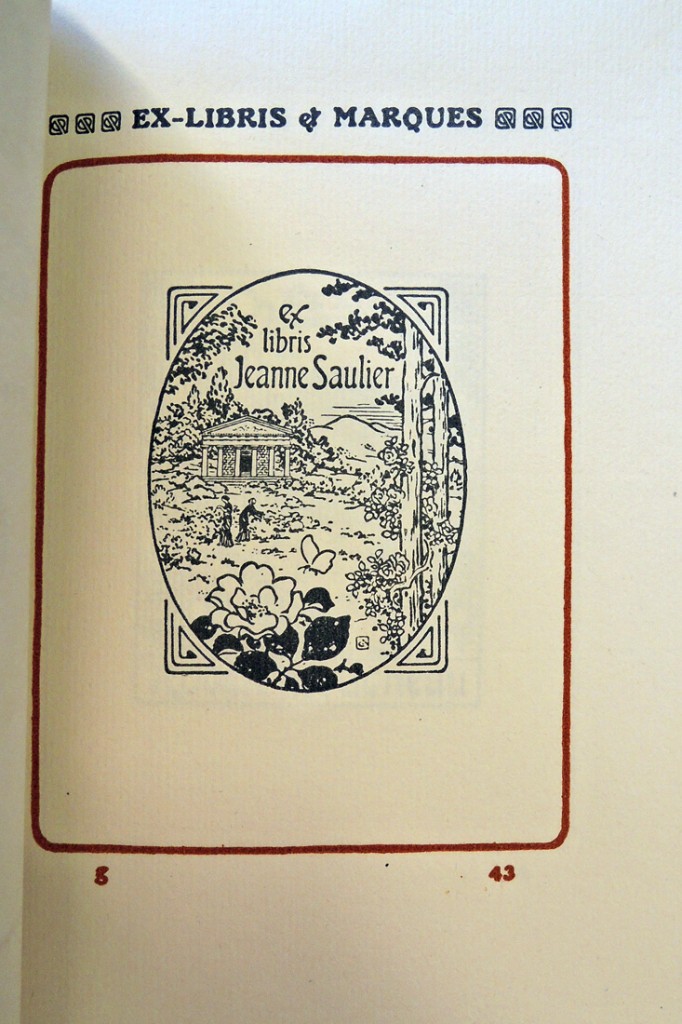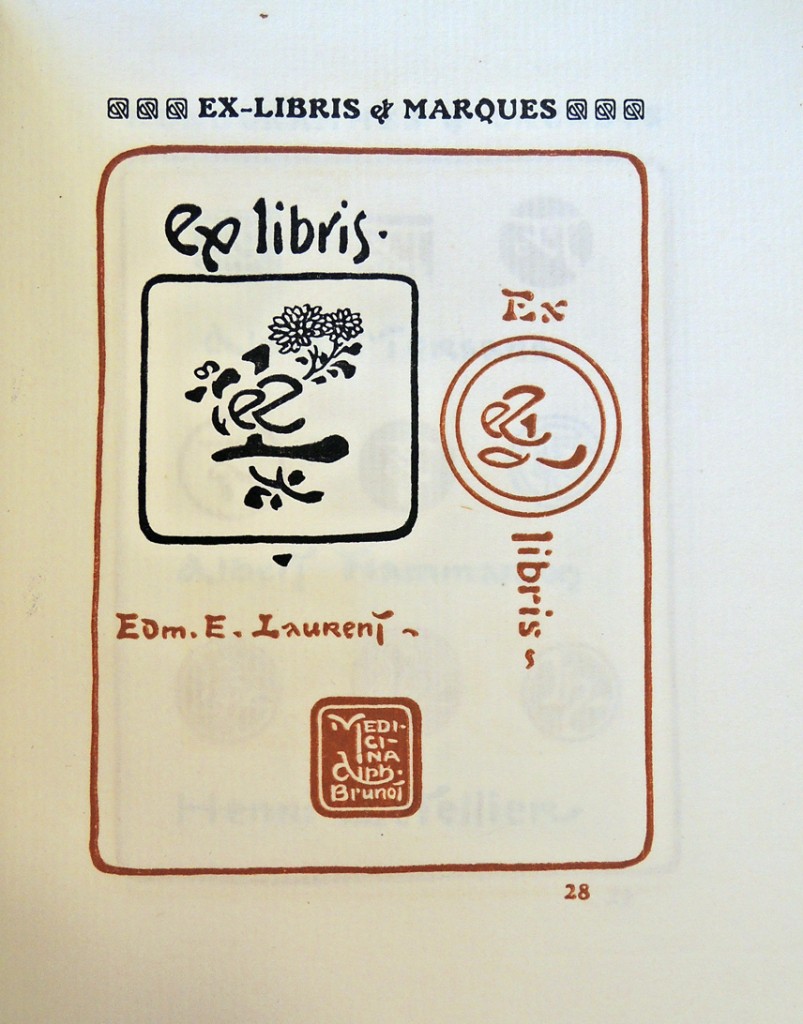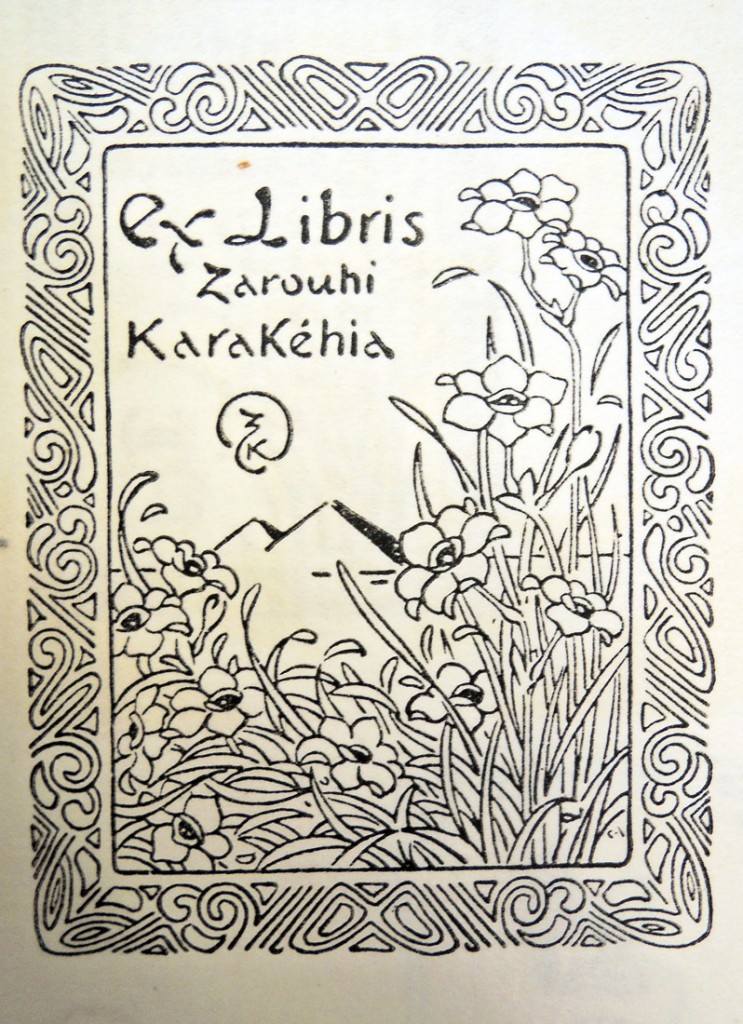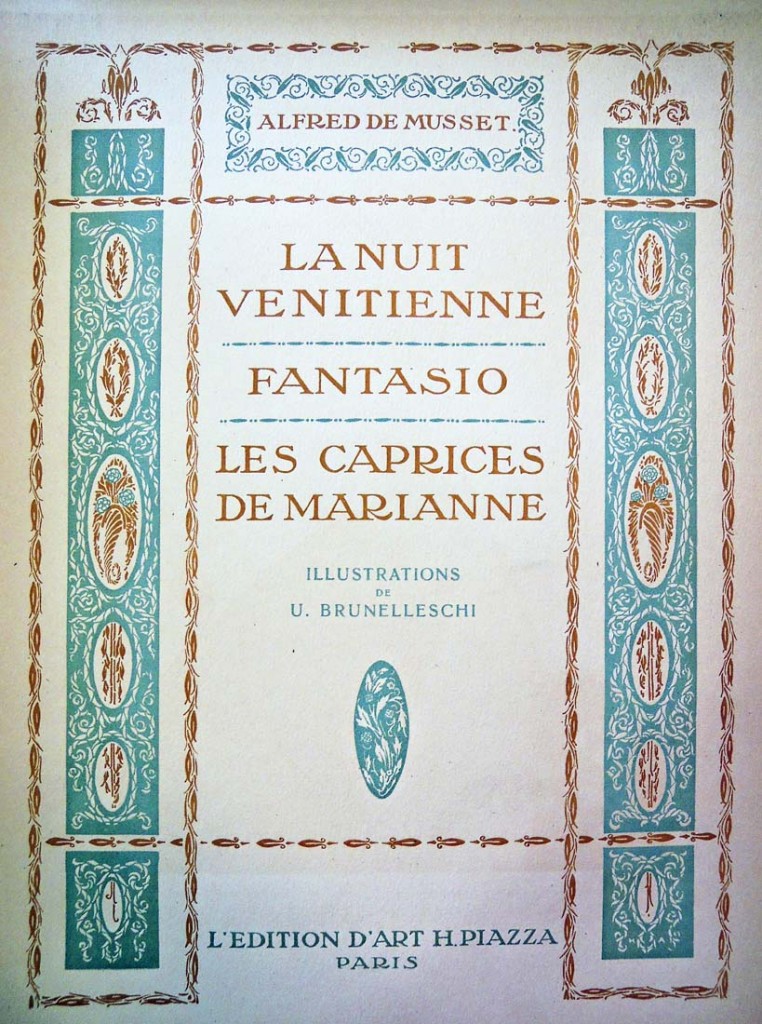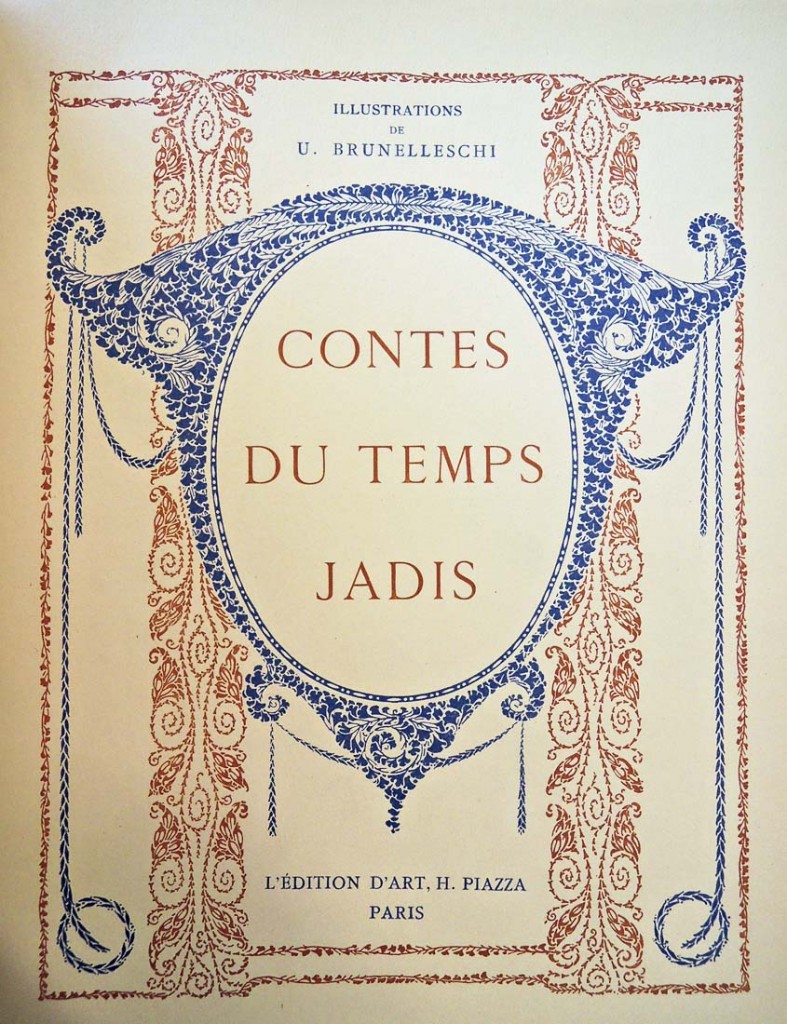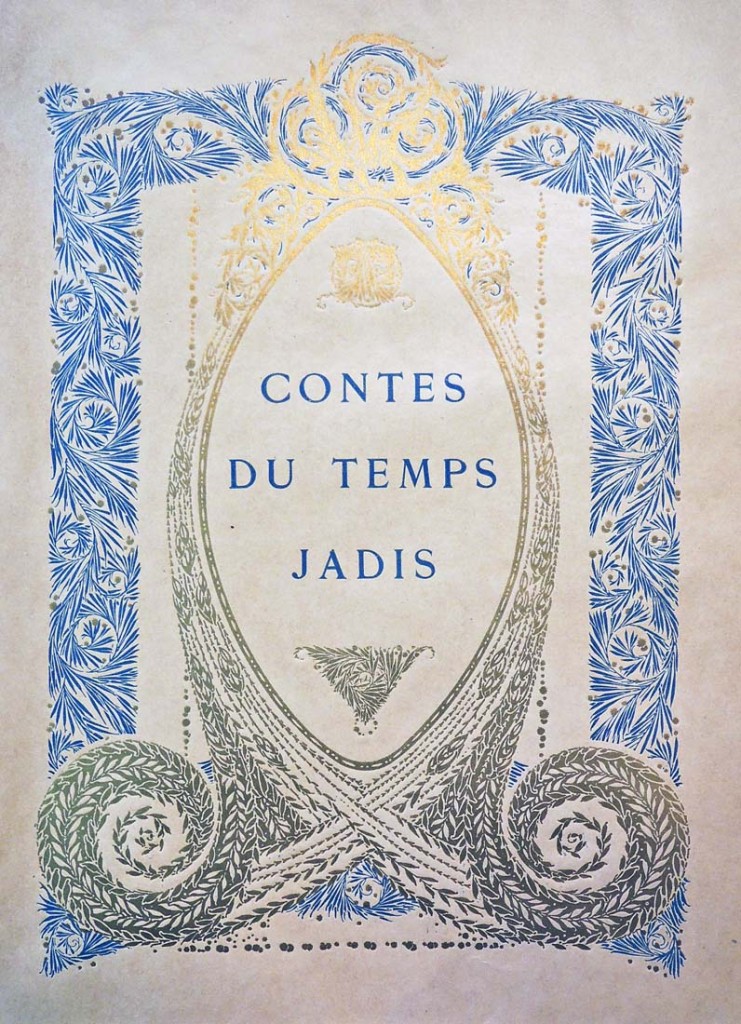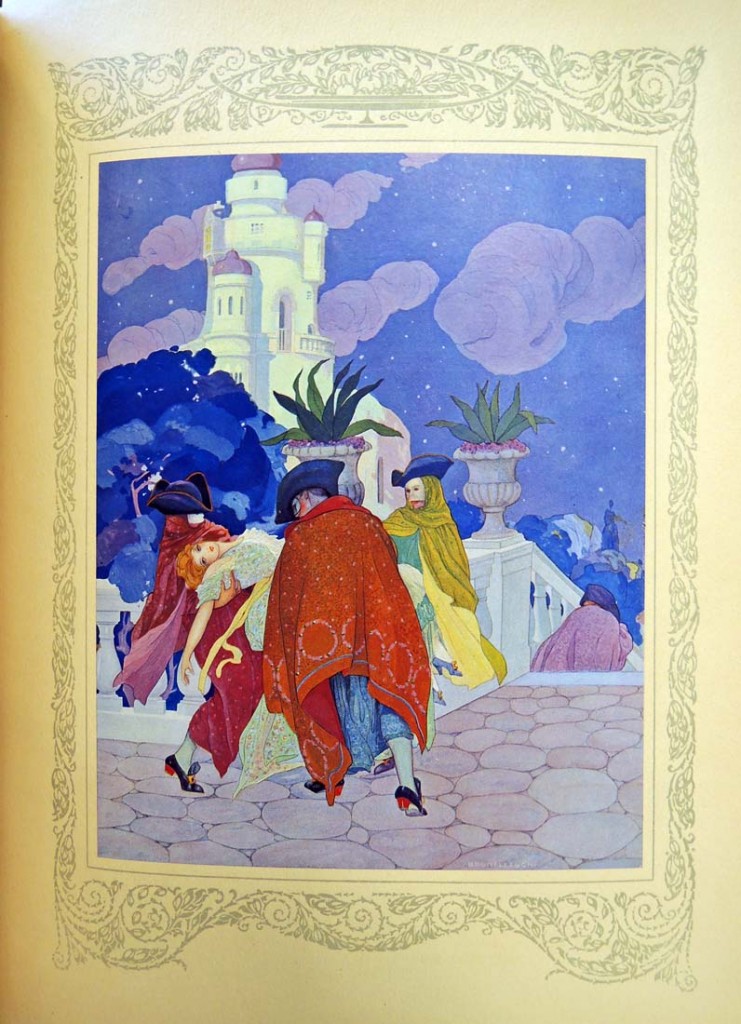
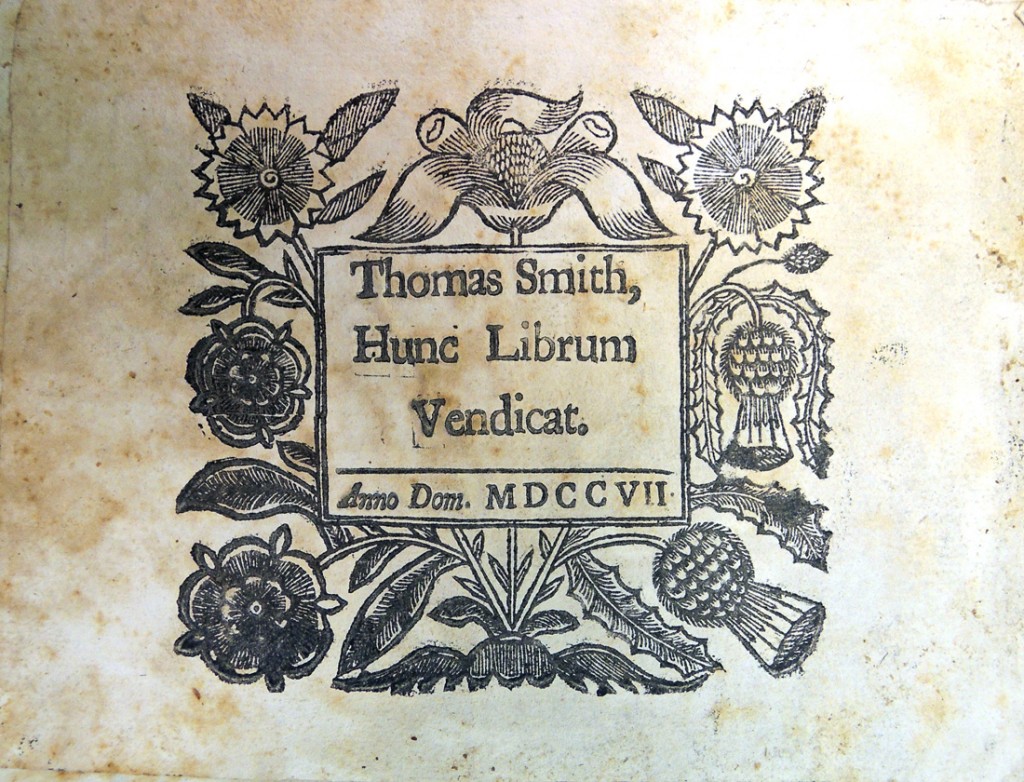
Nicholas Bownd (died 1613), Sabbathum Veteris et Noui Testamenti: or the true doctrine of the Sabbath, held and practised of the Church of God, both before, and vnder the law; and in the time of the Gospell … (London: Felix Kyngston, for Thomas Man and John Porter, 1606). “This is probably the first ornamental American bookplate.” Binding is old calf with blind toolings on covers. Bookplate of “Thomas Smith, Hunc Librum Vendicat. Anno Dom. MDCCVII.” “Thomas Smith his book 1719”–Written in pen, front flyleaf. Graphic Arts Collection (GAX) Hamilton 7
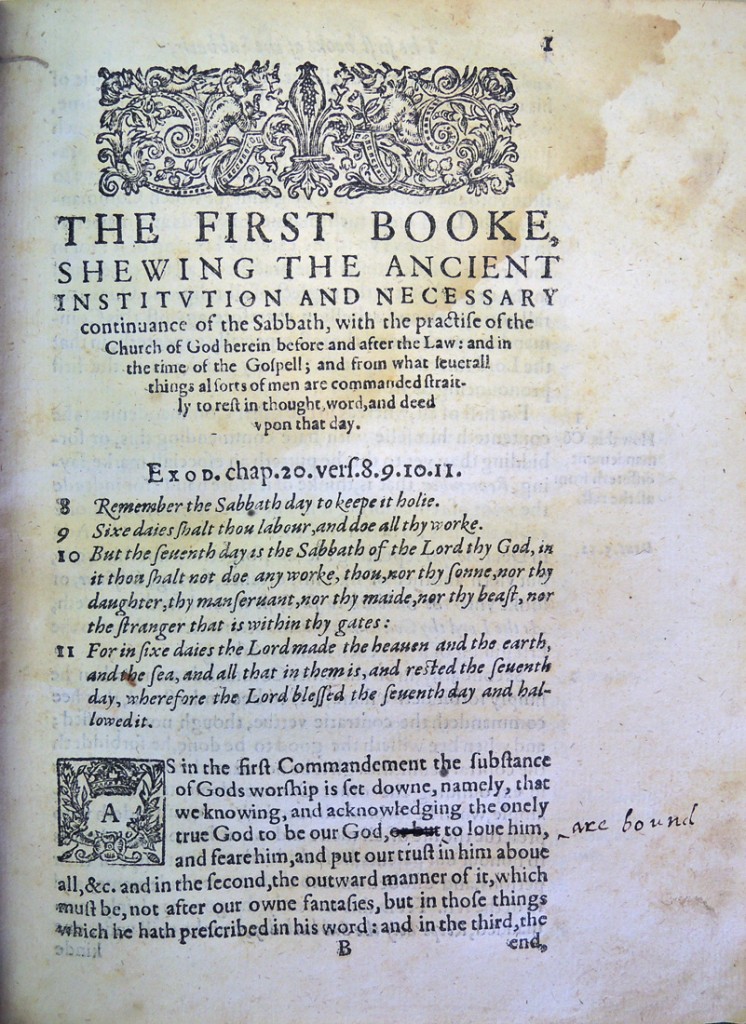
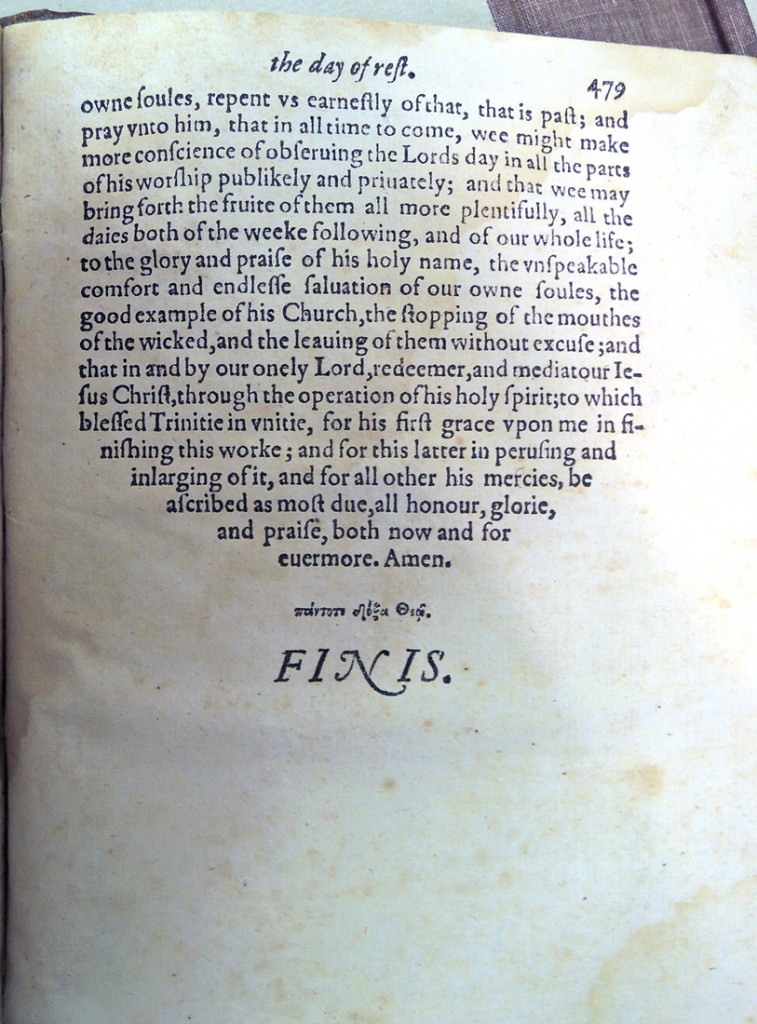
Number 7 within the Sinclair Hamilton Collection of Early American Book Illustrators and Wood Engravers is a bookplate for Thomas Smith (1678-1742). Hamilton writes that it is “probably the first ornamental American bookplate.” He continues, “Earlier plates, of course, had made some use of printers’ type ornaments but none contain woodcut ornamentation in so elaborate a style as this. The cutting is better done and the result more elegant—if such a word can be used for work as early as this—than is the case in earlier American efforts at woodcutting such as John Foster’s seal of the Colony of Massachusetts or the figure which appears in the Cambridge Ephemeris of 1684. It is, however, very rare…”
Winterthur library owns a book with the same woodcut printed “Josephus Parsons, Hunc Librum Vendicat, Anno, MDCCXVII.”
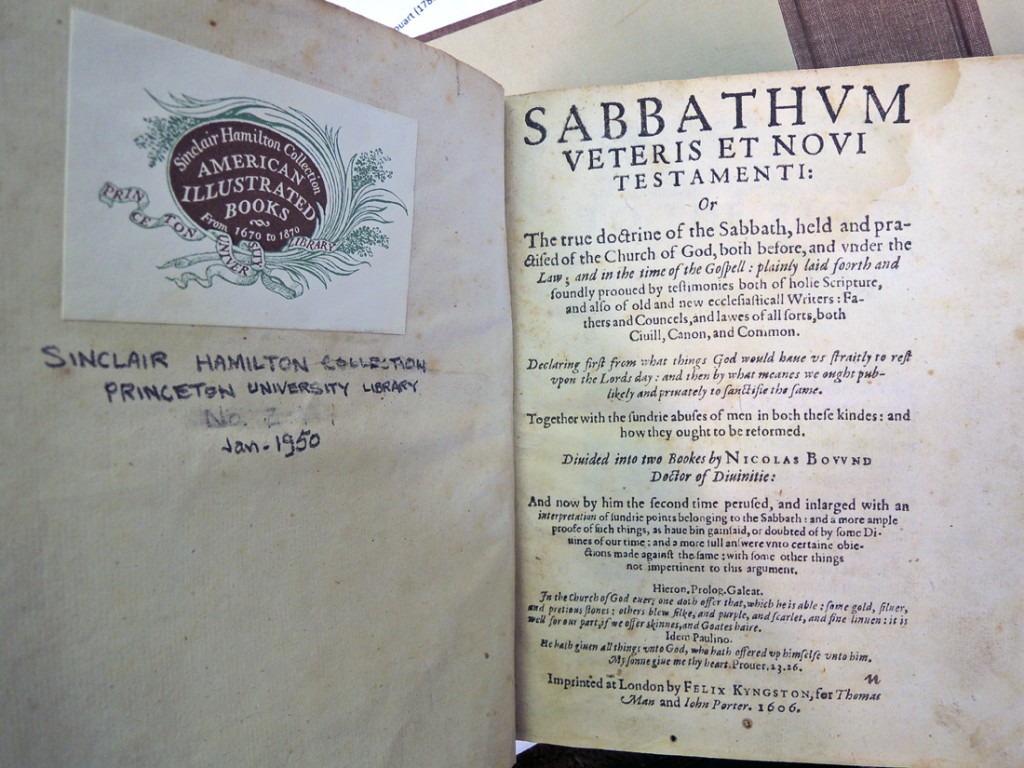
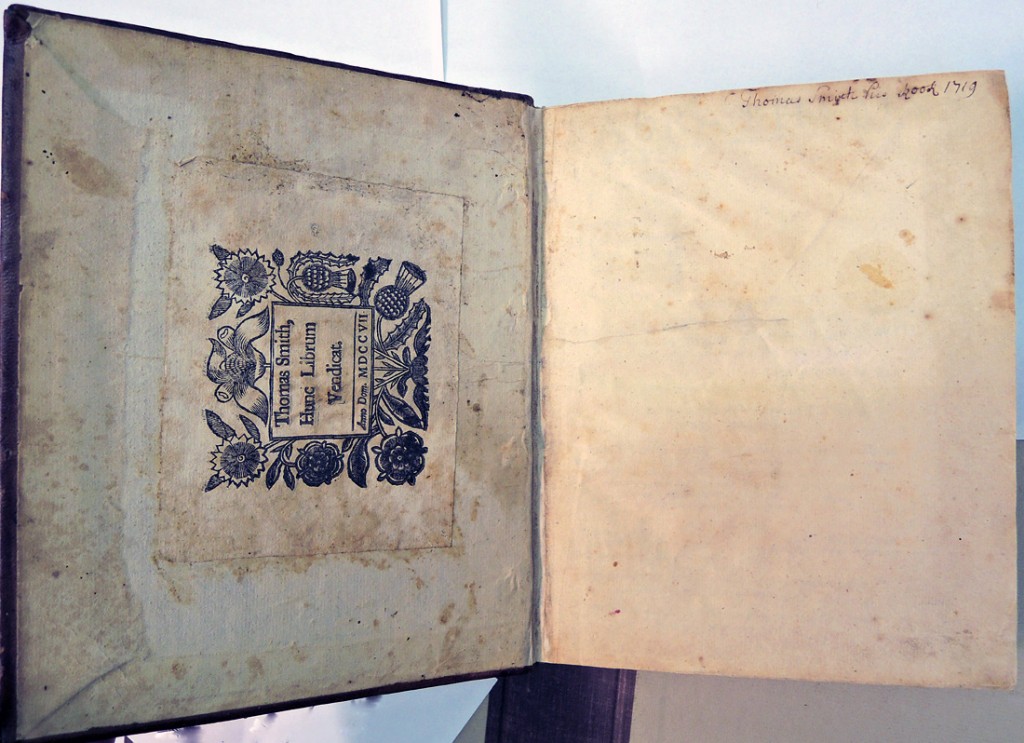
Smith is given a short biography in Oliver A. Roberts’s History of the Military Company of the Massachusetts: “Thomas Smith (1702), merchant, of Boston, son of Thomas (1678) and Rebecca Smith, of Boston, was born May 13, 1678, and married, (1) May 9, 1701, Mary Corwin, who died July 29, 1716, and, (2) April 30, 1717, Sarah Oliver, sister of Nathaniel (1701). He was elected scavenger in 1711 and 1712, and overseer of the poor in 1712, and thereafter until 1719.
March 11, 1717—8, he was chosen with Col. Thomas Fitch (1700), Elisha Cooke (1699), Major Habijah Savage (1699), and Lieut.-Col. Minot, to “Consider and make report of Some Expedient for Securing the Marsh at the Lower end of the Common.” From 1713 to 1 718, he is designated as “Capt.” Thomas Smith (1702) was first sergeant of the Artillery Company in 1705; ensign in 1713; lieutenant in 1715, and captain in 1722.
He joined the Old South Church, April 28, 1717, and was a benefactor of Harvard College. Administration on his estate, which inventoried five thousand seven hundred and forty-three pounds, was granted to his widow, Sarah, and son, March 23, 1742.”
